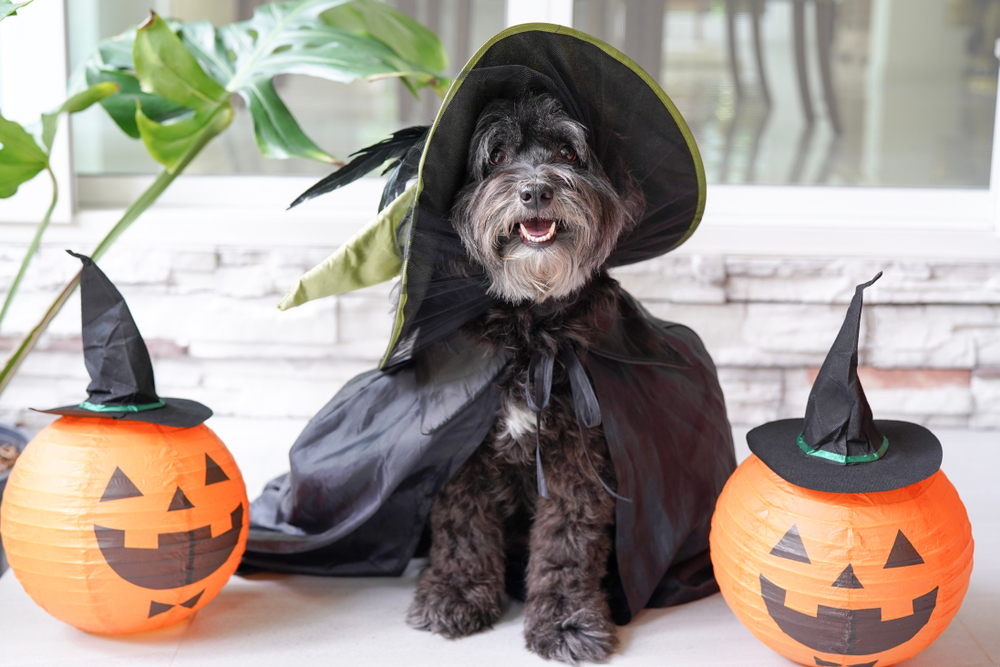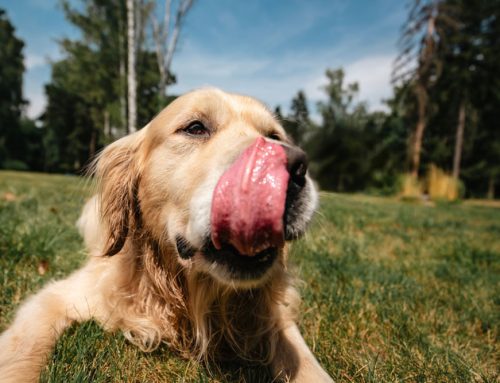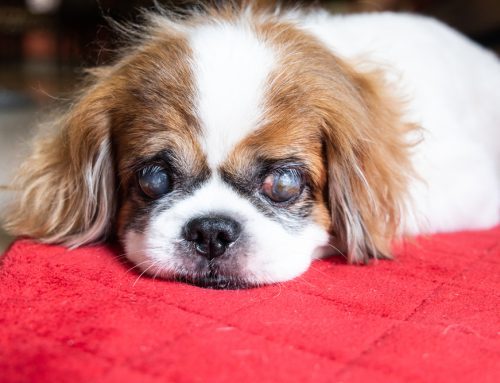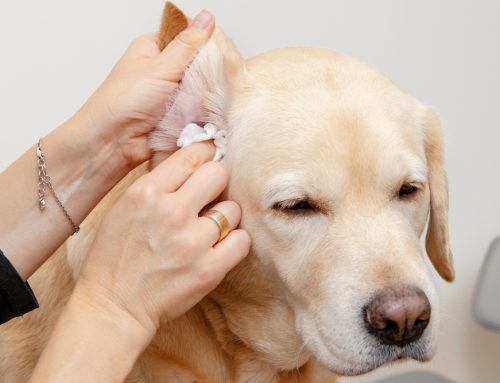Scary movies, haunted houses, and frightening costumes make Halloween entertaining, but this thrilling season may put your pet in danger. Read on for our Star of Texas Veterinary Hospital team’s tips to protect your four-legged friend from horrifying Halloween hazards.
#1: Microchip your pet
If your pet is overwhelmed by a Halloween gathering or frightened by a particularly believable scary costume, they may run away. Microchipping your pet is the best way to ensure you are reunited should they go missing. This simple procedure that permanently identifies your pet can easily be performed during your pet’s next wellness visit. Once the chip is implanted, you need only to keep your contact information updated in the microchip registry, so you can be contacted when your pet is found. In addition, your pet should always wear a collar and identification tags that have your current contact information.
#2: Keep your pet inside
Many people use Halloween festivities as an excuse for pranks and other shenanigans. Black cats are especially vulnerable to these stunts, and your pet could be seriously traumatized or injured. Keep your pet inside on Halloween night to ensure they aren’t targeted.
#3: Create a safe zone for your pet
Your pet may be overwhelmed by the increased traffic at your front door. The constant doorbell ringing by neighborhood kids searching for candy and the strangers in weird attire may cause your pet stress and anxiety, and some frightened pets may turn defensive. Create a safe space for your pet where they can escape from the ghosts and ghouls. Tips include:
- Making the area comfortable — Set up your pet’s crate or bedding in a quiet, internal room in your home. Adding some of your recently worn clothing will provide extra reassurance.
- Offering distractions — Provide your pet’s favorite toys to help distract them from the change in routine. A food puzzle toy is a great form of entertainment for your pet.
- Playing music — Leave music or the television playing to help mask outside noises.
- Checking on your pet — Check on your pet frequently to ensure they aren’t too anxious.
#4: Keep your pet on a leash
Pets are typically better left at home, but if you do take your pet trick-or-treating, keep them on a secure, non-retractable leash at all times. Raucous children dressed in odd costumes may confuse or frighten your pet, and they may bolt or react defensively. To protect your pet and your neighbors, keep your pet close at all times, and prevent people from approaching your pet unexpectedly.
#5: Keep your pet away from your child’s Halloween treats
The treat stash is one of the best aspects of Halloween, but ensure your child doesn’t share their bounty with your pet. Many Halloween grab bag treats are dangerous for pets. Examples include:
- Chocolate — Full-sized chocolate candy bars are a Halloween prize, but these sweet treats contain caffeine and theobromine, which can stimulate your pet’s central nervous system. Signs include vomiting, diarrhea, restlessness, and muscle tremors.
- Xylitol — Xylitol is commonly found in sugar free candies and gum, but pets respond differently than humans to xylitol ingestion. The ingredient causes the pet’s pancreas to rapidly release insulin, resulting in a profound drop in blood sugar. Signs include vomiting, weakness, incoordination, and seizures.
- Raisins — Your child may not be excited to find raisins in their Halloween treat bag, but do not let them pawn off the snack on your pet. Raisins and grapes contain a toxin that causes kidney failure in pets. Signs include lethargy, decreased appetite, and increased thirst and urination.
In addition to a potential toxicity, your pet can swallow candy wrappers, resulting in a choking hazard or gastrointestinal obstruction.
#6: Protect your pet from Halloween decorations
Decorations help you get in the Halloween spirit, but certain environmental enhancements can be dangerous for your pet. Examples include:
- Lit candles — Candlelight sets a spooky tone, but your curious pet can easily knock over a lit candle, which is a fire hazard.
- Novelty objects — Items such as fake spiders and rubber eyeballs may intrigue your pet, but if they swallow these objects, they could cause a gastrointestinal blockage.
- Glow sticks — Glow sticks contain dibutyl phthalate, which is not considered toxic for pets, but the substance can be extremely irritating to your pet’s skin, mouth, and eyes.
- Animated figures — Halloween decorations can be elaborate, and animated figures are becoming more popular. These creatures may startle your pet, causing them unnecessary stress and anxiety.
#7: Ensure your pet’s Halloween costume is safe

Pets in Halloween costumes are incredibly adorable, but ensure the outfit is safe for your pet. Tips include:
- Ensuring the costume fits — Ensure your pet’s costume is the correct size, so no skin irritation or impingement occurs.
- Acclimating your pet — Don’t expect your pet to readily accept wearing a costume on Halloween night. Acclimate them to the outfit by letting them wear the costume only for short periods initially, gradually increasing the time they spend dressed up.
- Removing chewable parts — Remove any part of the costume that your pet could potentially chew and swallow.
Follow these tips to ensure your pet’s Halloween is safe and stress free. However, if your pet has a hazardous Halloween encounter, contact our Fear Free team at Star of Texas Veterinary Hospital, so we can ensure they receive the care they need.






